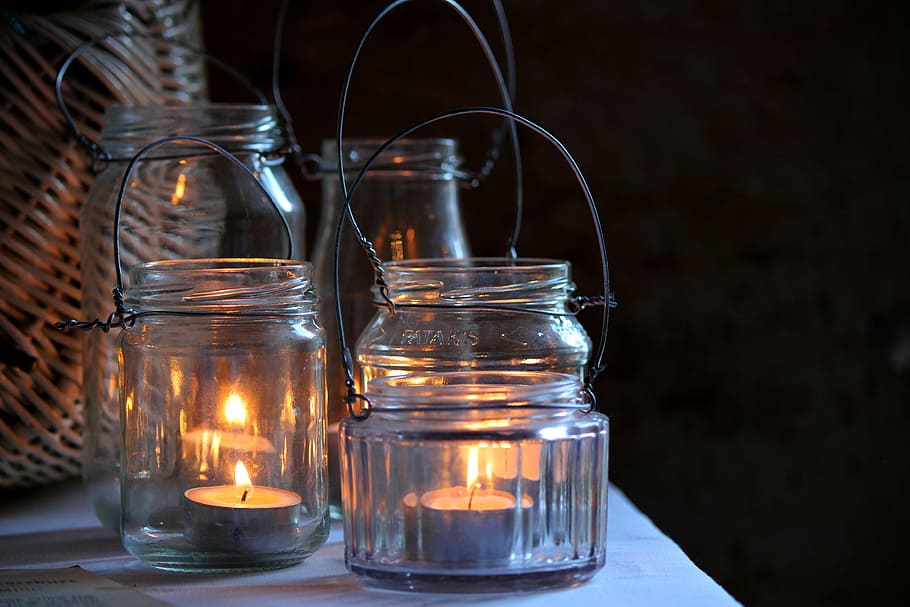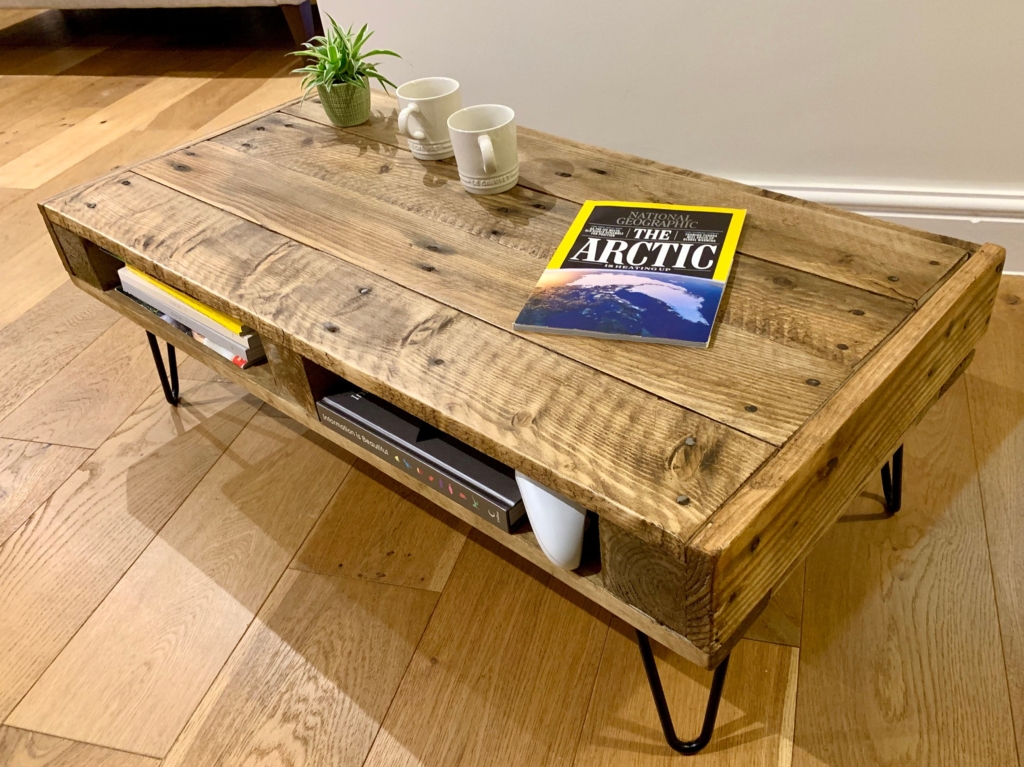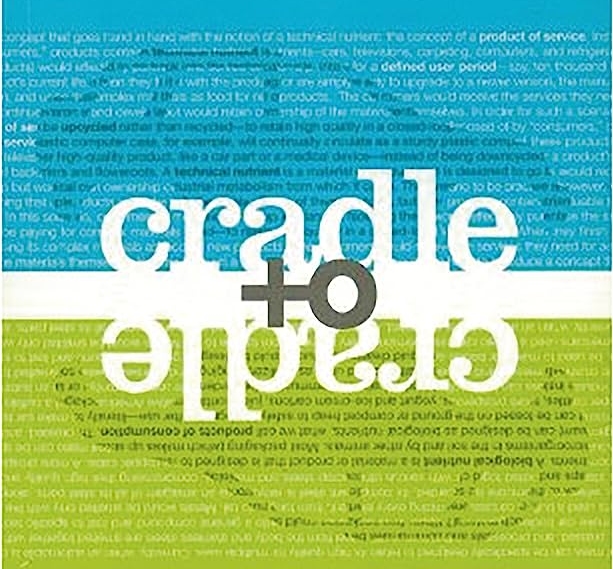Finding Reusability in Home Items
Creating a sustainable home involves more than just reducing waste and conserving energy, it also entails finding creative ways to repurpose and upcycle household items. By embracing the concept of creative reuse, we can give new life to old and discarded objects, reducing our environmental footprint and adding unique touches to our living spaces. In this article, we will explore various techniques and ideas for upcycling household items, inspiring you to transform everyday objects into functional and aesthetically pleasing creations.

Repurposing Glass Jars
Glass jars, such as those that once held sauces, jams, or pickles, are incredibly versatile and can be repurposed in numerous creative ways. One excellent option is to transform them into stylish and practical storage containers. After cleaning the jars thoroughly and removing any labels, you can utilize them to organize various items around your home. From spices and dried herbs in the kitchen to lose craft supplies in your workspace, glass jars provide a visually appealing and organized solution. To add a personal touch, consider decorating the jars with colorful labels or painting the lids in vibrant hues. Glass jars can also be repurposed as charming candle holders. By placing a votive candle or tea light inside, the glass beautifully diffuses the candlelight, creating a warm and inviting atmosphere.
You may want to use glass jars as vases to display fresh flowers, allowing you to bring a touch of nature into your home. Furthermore, they can serve as containers for homemade beauty products like scrubs or bath salts, adding a touch of eco-friendly luxury to your self-care routine. By repurposing glass jars, you not only give them a new lease on life but also contribute to a sustainable and organized living environment.
Upcycling Wooden Pallets
Wooden pallets, commonly used in shipping, are excellent candidates for upcycling into functional and visually appealing pieces of furniture. With a dash of creativity and basic DIY skills, you can transform a simple pallet into a unique and sustainable addition to your home decor. One popular option is repurposing wooden pallets into coffee tables. By cleaning and sanding the pallet to ensure a smooth surface, you can then add a coat of paint or stain that matches your desired aesthetic. The result is a rustic and conversation-starting coffee table that adds character to your living room.

Alternatively, you can transform pallets into bookshelves by securely attaching them to a wall and arranging books, plants, or decorative items on the shelves. This upcycled bookshelf not only provides storage space but also adds a touch of natural warmth to your home. Another creative idea is to utilize pallets for outdoor seating. By placing cushions or pillows on top of the pallets and securing them with durable fabric, you can create a cozy seating area for your patio or garden. This sustainable seating option offers comfort and style while reducing waste. Additionally, consider repurposing pallets into vertical gardens. By attaching pots or planters to the pallet’s slats, you can maximize your gardening space, grow a variety of herbs or flowers, and create a striking living wall.
Upcycling wooden pallets not only diverts them from landfills but also allows you to unleash your creativity and design furniture pieces that are both functional and environmentally friendly.
Reimagining Old Furniture
Old and worn-out furniture pieces can be given a new lease on life through the art of upcycling. Instead of discarding that outdated dresser or chair, consider repainting or refinishing it to match your current aesthetic preferences. With a fresh coat of paint or a distressed finish, you can completely transform the look of the furniture, turning it into a stylish statement piece.
Repurposing furniture is a fantastic way to breathe new life into items that may no longer serve their original purpose. For instance, you can convert a dresser into a unique TV stand by removing a few drawers and replacing them with shelves to accommodate media devices. This repurposed piece not only adds a personalized touch to your living room but also reduces waste by extending the furniture’s lifespan. Another creative idea is to repurpose a wooden ladder as a bookshelf. By securely attaching the ladder to a wall and placing wooden planks or boards between the ladder’s rungs, you create a distinctive and visually appealing storage solution for books or decorative items.
Projects With Wine Corks
Wine corks, often collected as mementos, can be repurposed into a wide range of fun and practical DIY projects. One popular idea is to create a corkboard by arranging and gluing the corks onto a wooden frame. This homemade corkboard serves as a functional and visually appealing addition to your home office, kitchen, or any area where you need to display notes, photos, or reminders.
Wine corks can also be transformed into unique and eco-friendly coasters. By arranging the corks in a desired pattern, gluing them together, and trimming them to the appropriate size, you can create stylish coasters that protect your surfaces from hot and cold beverages. These DIY coasters also make fantastic personalized gifts for friends and family.
Conclusion
Upcycling household items allows us to unleash our creativity while reducing waste and promoting sustainability. By repurposing glass jars, upcycling wooden pallets, reimagining old furniture, exploring DIY projects with wine corks, reviving vintage clothing and textiles, and embracing creative reuse in art and crafts, we can transform everyday objects into functional, aesthetically pleasing, and eco-friendly creations. Let’s embrace the power of creative reuse and inspire others to find beauty and purpose in the items they may have otherwise discarded. Together, we can make a positive impact on the environment while creating unique and sustainable living spaces.


